Canada’s building sector just added more fuel to inflation. Statistics Canada (Stat Can) data shows construction costs grew sharply in Q2, with quarterly growth now running at twice the central bank’s target inflation rate. The accelerating price growth is a new inflationary headwind, with the agency attributing it to counter tariffs and a lack of skilled labour to keep up with the excess demand from builders.
Canadian Building Costs Are Rising More Than 2x Inflation Target
Canadian construction costs: Quarterly change for Q2 2025.
Source: Stat Can.
Canadian builders saw construction costs rise rapidly, with growth accelerating. Residential (home) building costs climbed 1.0% in Q2, running at an annualized growth rate just over double the Bank of Canada’s (BoC) 2% inflation target. This was faster than the 0.9% growth reported in Q1, with Q2 prices up 3.7% since last year.
Non-residential building costs are rising even faster. Construction costs were up 1.6% in Q2 2025, following 1.0% growth in Q1. Q2 costs are now 4.0% higher than last year, with annualized growth for the most recent quarter running at more than triple the BoC’s target inflation rate. It’s not just faster growth—it’s now an inflationary threat.
Material Costs Are Rising Fast Due To Protectionist Measures
The sudden return to acceleration was caused by a handful of segments last quarter. Quarterly growth was driven by plumbing (+3.7% q/q), HVAC (+3.0%), utilities (+2.9%), and structural steel (+2.7%). Rising steel prices are a big headwind for multi-family construction, driven in part by pre-Trump protectionist policies we highlighted last year.
Counter Tariffs and Lack of Skilled Labour Blamed For Rising Costs
Construction firms attribute rising costs to counter-tariffs and labour shortages. In response to US tariffs, Canada implemented counter-tariffs on certain US imports. The measure was meant to level the playing field, but it’s backfiring. Local firms are paying more for goods, and rising input costs mean higher costs for end users. Stat Can notes the counter tariffs not only caused higher builder costs, but also supply shortages and project delays. All of these factors contribute to higher housing costs.
The agency also noted that builders cited a persistent skilled labour shortage as a driver of costs. More precisely, the cost of labour won’t fall without a surplus of workers. Ironically, the breakneck building that’s driven the industry to overcapacity is a direct result of an attempt to aggressively find excess skilled labour through lofty immigration targets.
The recent slowdown in population growth should help cool demand, but it will take time. However, the recently elected government’s mandate included doubling the rate of new homes built. This is at odds with the current population growth throttling, which may signal that a policy reversal is on the table.




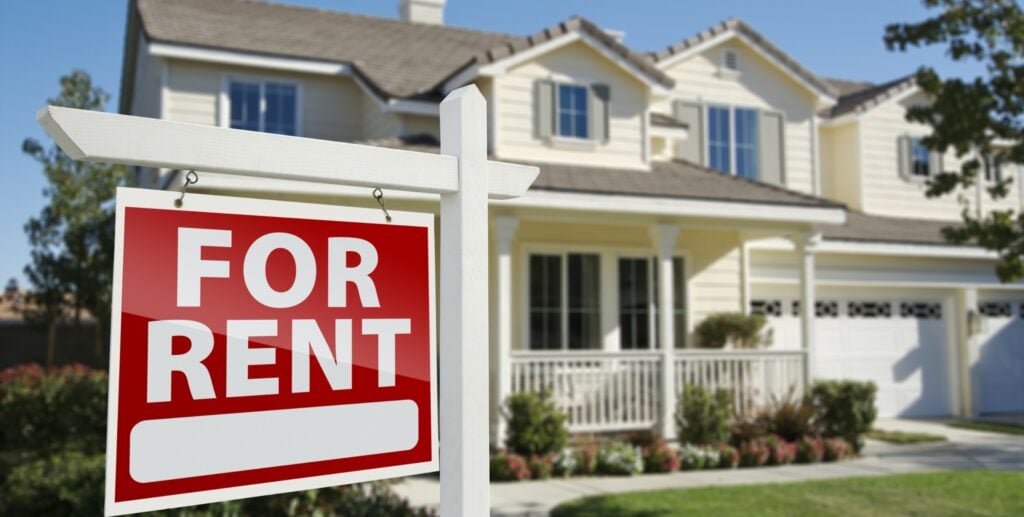





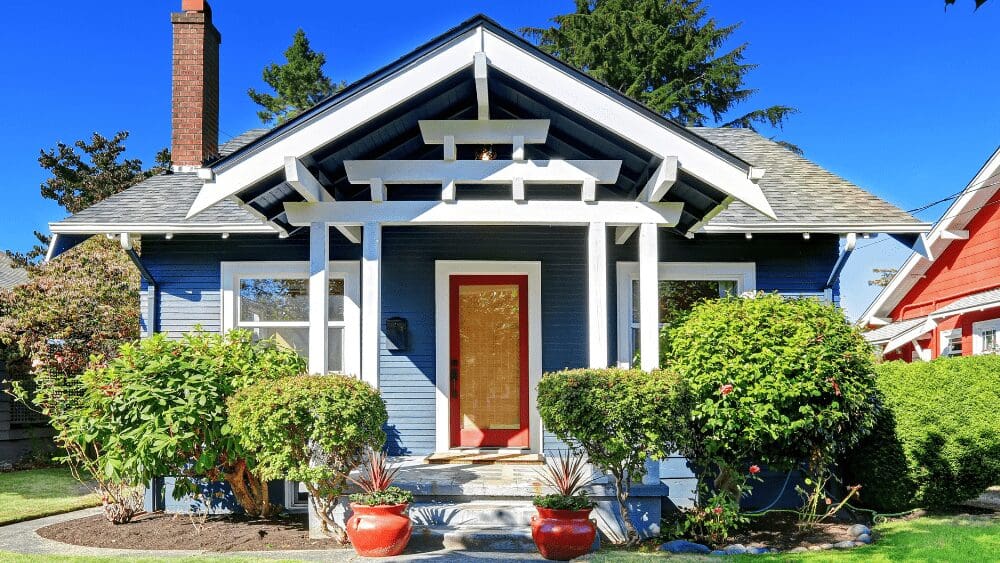

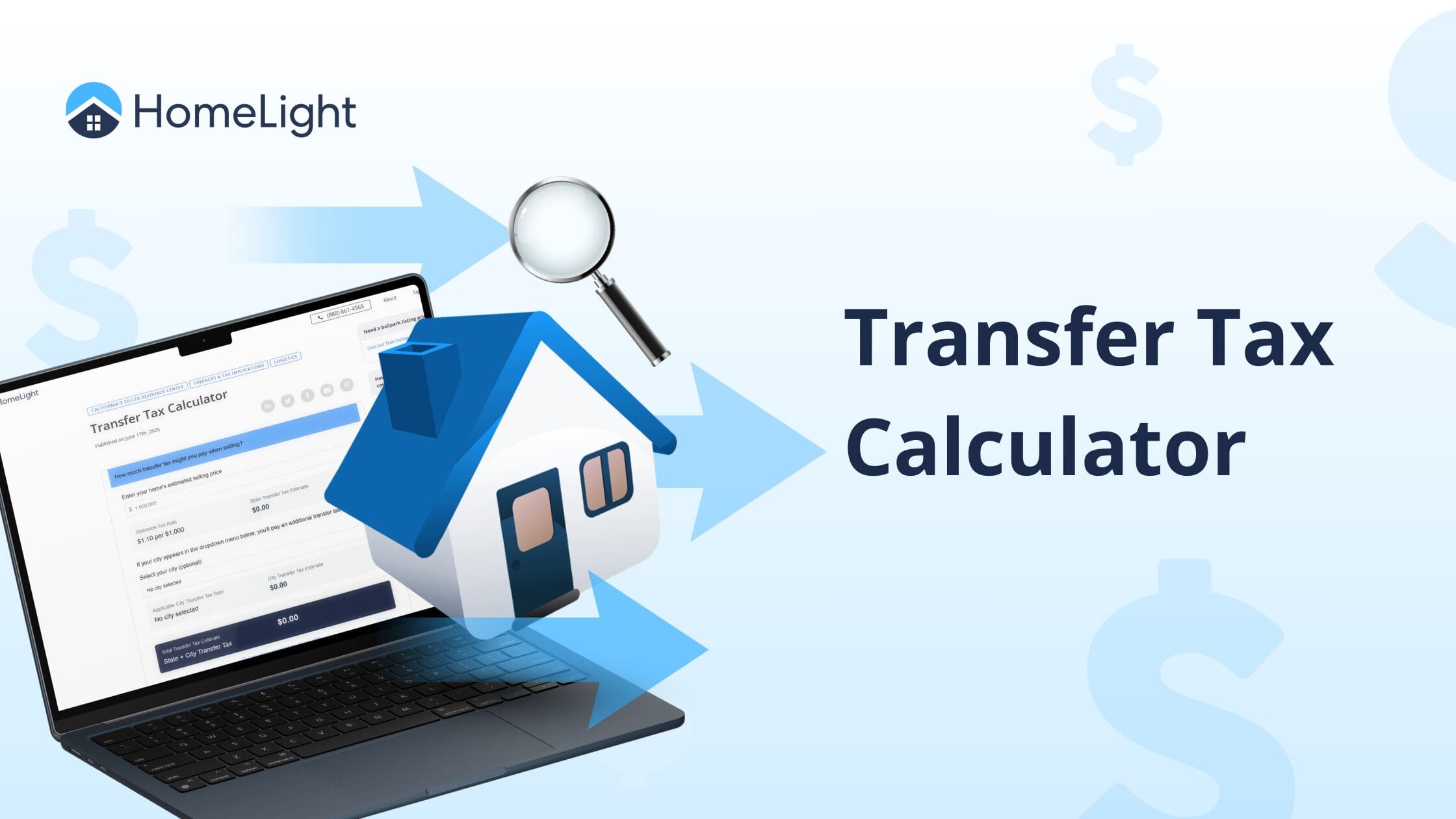

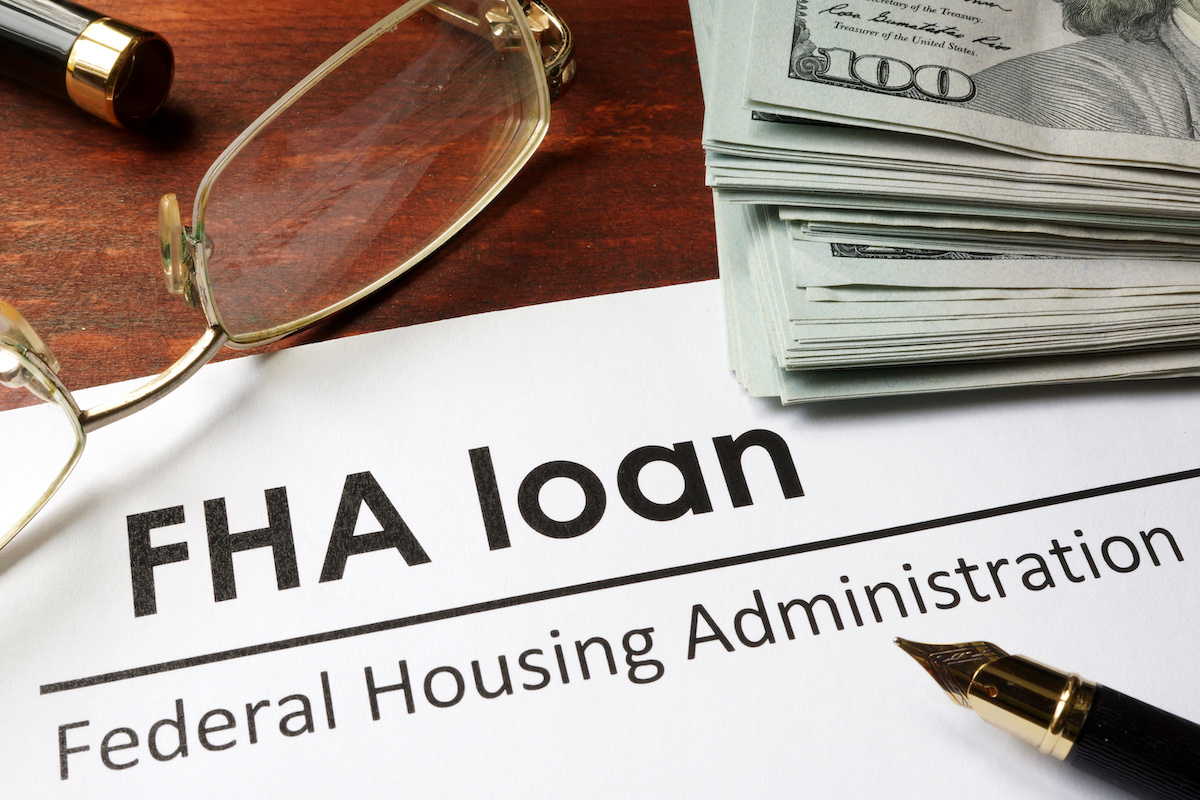


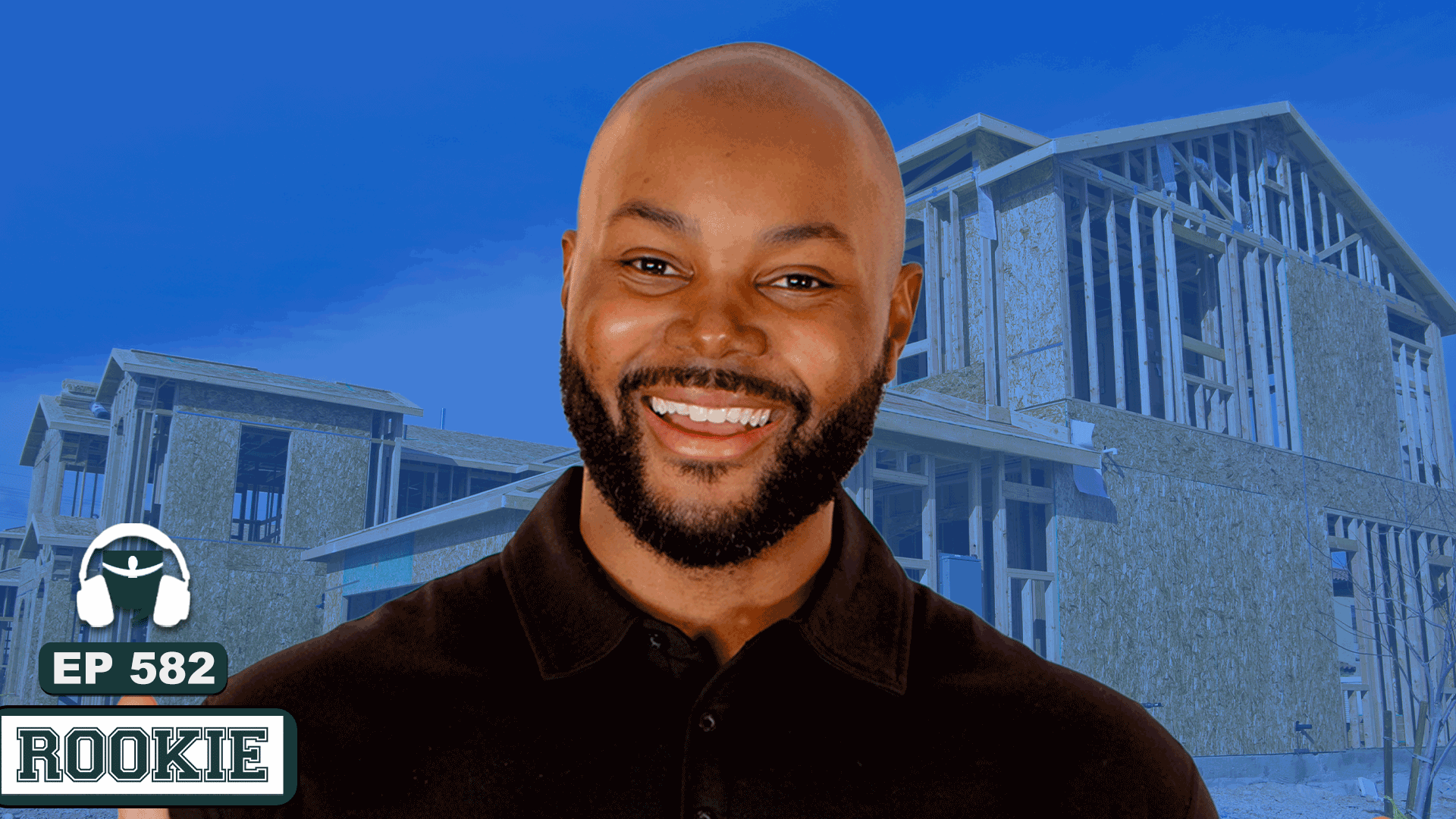


 English (US) ·
English (US) ·